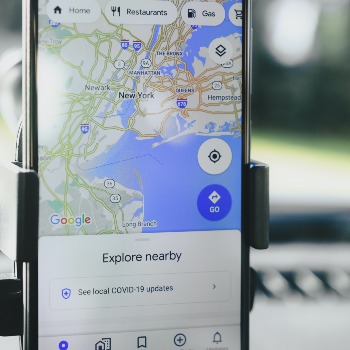OpenAI's ChatGPT Enters the Classroom: A Cause for Concern or an Educational Leap Forward?
In a bold move that has sparked both excitement and apprehension, OpenAI plans to introduce its revolutionary language model, ChatGPT, into classrooms. This decision has raised a critical question: should teachers be worried about the implications of AI-powered tools like ChatGPT in the education landscape?
Exploring the Potential Benefits of ChatGPT in Education
Proponents of ChatGPT's integration into classrooms envision a future where AI plays a transformative role in enhancing learning experiences. Here are some potential benefits to consider:
-
Personalized Learning: ChatGPT's ability to adapt to individual learning styles and pace can provide students with customized instruction and support. This personalized approach can help students overcome challenges, fill gaps in knowledge, and reach their full potential.
-
Enhanced Engagement: ChatGPT's interactive nature can make learning more engaging and stimulating for students. By interacting with a conversational AI, students may feel more motivated to participate in class discussions and explore new concepts.
-
Accessibility and Equity: ChatGPT can level the playing field for students with diverse learning needs. AI-powered tutoring and feedback can provide personalized support to students who may not have access to traditional resources.
Addressing Concerns and Potential Misuse
While ChatGPT holds immense promise for enhancing education, concerns have been raised about its potential misuse and negative impacts. Here are some key considerations:
-
Overreliance on AI: Overdependence on AI for instruction could diminish teachers' roles and limit opportunities for human-to-human interaction, which is crucial for social and emotional development.
-
Plagiarism and Academic Integrity: AI tools like ChatGPT could facilitate cheating and plagiarism, potentially undermining the integrity of academic assessments and student learning.
-
Ethical Considerations: The use of AI in education raises ethical questions about data privacy, algorithmic bias, and the potential for AI to exacerbate existing educational inequalities.
Striking a Balance: Embracing AI Responsibly in Education
To harness the benefits of ChatGPT while mitigating potential risks, a balanced approach is necessary. Here are some suggestions for responsible AI integration in classrooms:
-
Teacher-Centric Approach: Teachers should remain at the forefront of the educational process, using AI tools to complement and enhance their teaching, not replace it.
-
Transparency and Openness: Clear guidelines and policies should be established regarding the use of AI tools, ensuring transparency and openness between teachers, students, and parents.
-
Ongoing Evaluation and Adaptability: The impact of AI on education should be continuously evaluated, allowing for adjustments and refinements as needed.
Conclusion: AI in Education: A Journey of Exploration and Responsible Implementation
OpenAI's introduction of ChatGPT into classrooms marks a significant step in the evolution of education. While concerns about AI's impact are valid, the potential benefits of personalized learning, enhanced engagement, and improved accessibility cannot be ignored.
The key lies in striking a balance between embracing AI's capabilities and upholding the core values of education – fostering critical thinking, creativity, and human connection. By approaching AI with caution, responsibility, and a commitment to ethical principles, we can navigate this new frontier in education and harness AI's power to empower learners and transform the learning landscape.
FAQ
1. What are the specific concerns that teachers have about the use of ChatGPT in classrooms?
Teachers are concerned about the potential for ChatGPT to diminish their roles, promote cheating and plagiarism, and exacerbate existing educational inequalities. They also worry about the lack of transparency and clear guidelines regarding the use of AI tools in classrooms.
2. How can teachers effectively integrate ChatGPT into their teaching practices?
Teachers should use ChatGPT as a complementary tool, not a replacement for their instruction. They should clearly communicate the purpose and limitations of AI tools to students and establish clear expectations for their use.
3. What are some safeguards that can be implemented to prevent misuse of ChatGPT in classrooms?
Schools can implement plagiarism detection software, provide comprehensive education about academic integrity, and encourage open communication between teachers, students, and parents.
4. What role can parents play in ensuring the responsible use of AI in their children's education?
Parents should engage in conversations with their children about the use of AI in education, discuss the importance of academic integrity, and encourage open communication about any concerns or challenges they may encounter.
Call to Action
As AI continues to revolutionize various aspects of our lives, it is crucial to engage in open and informed discussions about its role in education. Stay informed about the latest developments in AI education, and share your thoughts and perspectives on how we can harness AI's power to enhance learning while upholding the values and principles of a quality education. Subscribe to my blog for more AI technology news and tips and tricks.



